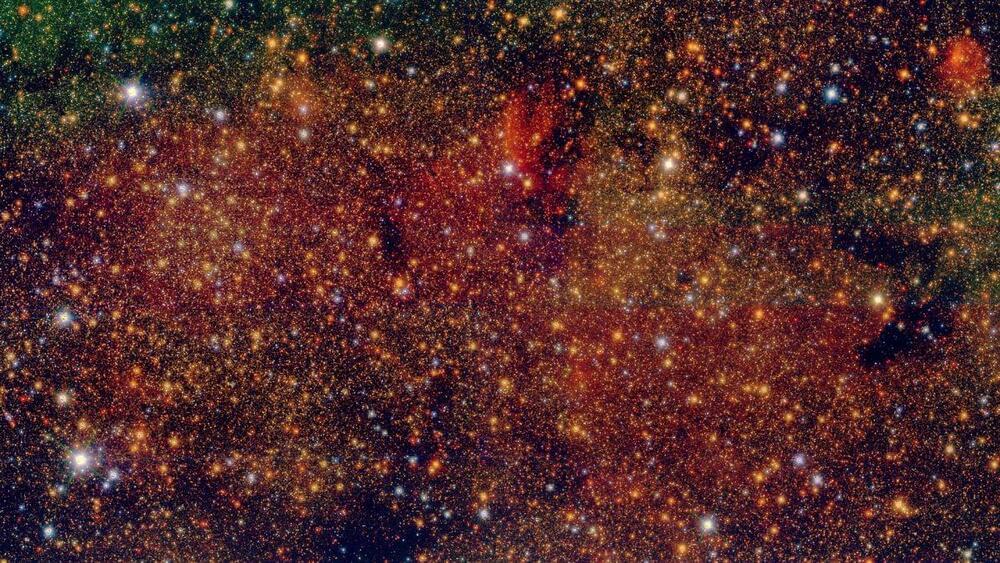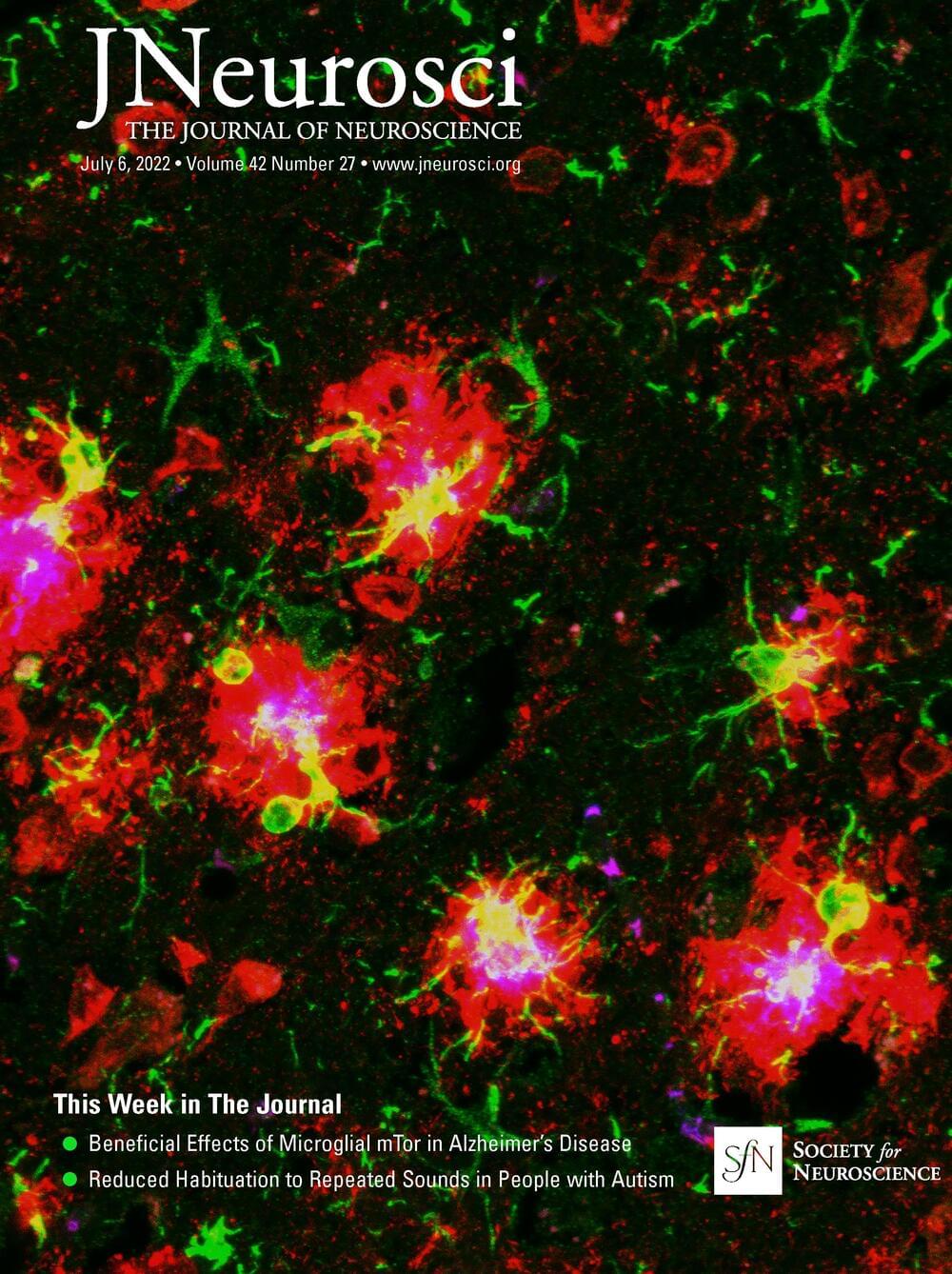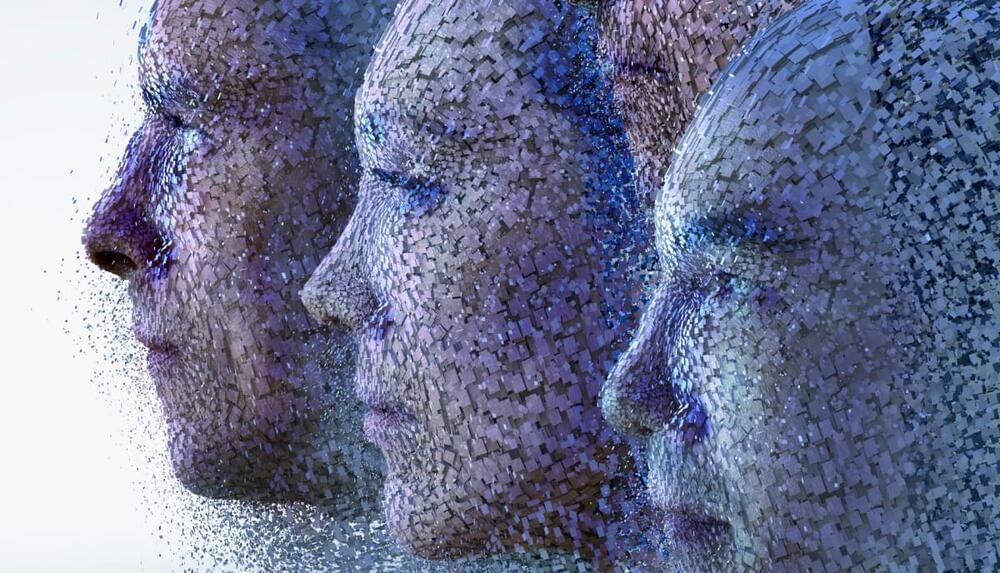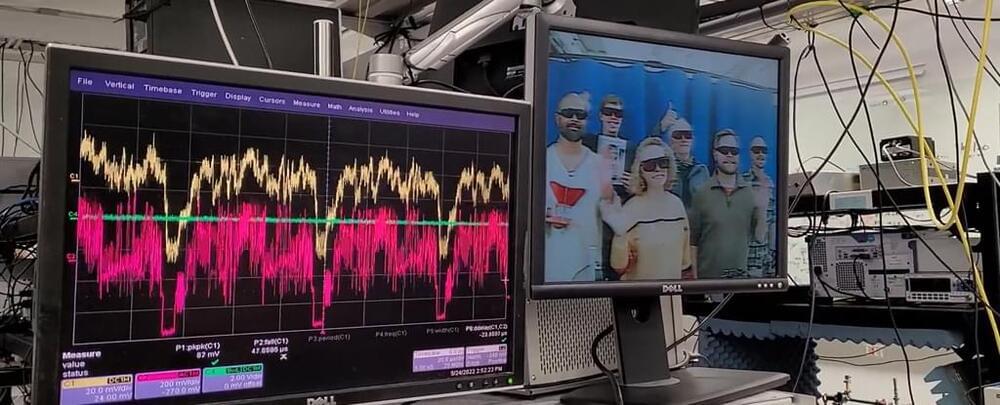Aug 28, 2022
‘Star factory’ at Milky Way’s heart seen for the first time
Posted by Shubham Ghosh Roy in category: space
Astronomers have reconstructed the history of star formation at the center of the Milky Way for the first time, finding that starbirth radiated outwards from the galaxy’s heart.
The results also revealed that most young stars in the densely packed galactic center formed with only loose associations and drifted further apart over the course of millions of years.


















